Recently, I was asked by a local freelance writer “what is your biggest tip on organizing spaces in the home?” My first thought was “think in categories.” Arrange things together, “like with like”. Just as in a department store, there are all kinds of categories. We can do the same thing in our homes. Things are easier to find and to put away. Makes good, logical sense, right?
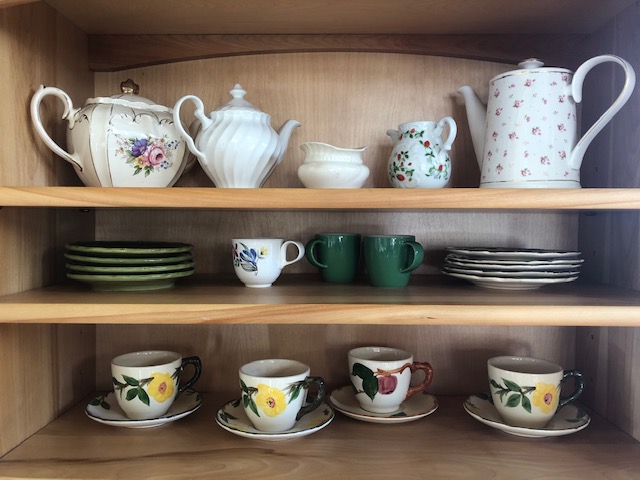
But there is more to it than logic.
When you add heart to logic, something changes. A thing is no longer an inanimate object. When we love something and treat it with care, it becomes alive. It has anima, or soul.
Then, the question no longer is “where do I put this?” but…”where does this live?” All of a sudden, we treat that same object with more intention. As a result, a thing may not simply get tossed into a drawer, but placed there with care.
This may sound sentimental to some, but there is wisdom behind it.
When I worked as a kindergarten teacher, I would prepare the class room in late summer for the new school year ahead. I would arrange things and spaces according to the activities we would do each day. The forethought and the planning provided a sense of predictability, resulting in a feeling of overall calm and security for the children.
The cubby room was a space for transitions, taking off coats, hats and boots and putting them on again. Inside, there was an open space for circle time and big movement. This was also a place for building mighty forts and castles. A quiet corner with soft blankets was a safe place to snuggle with a bear or bunny and look up to the dreamy, silky blue sky overhead. There was a place to cook and have tea parties. A place for crayons, paper and paints. And of course there were places at the big, community table to sew, knead bread, grind grains and eat together as a family.
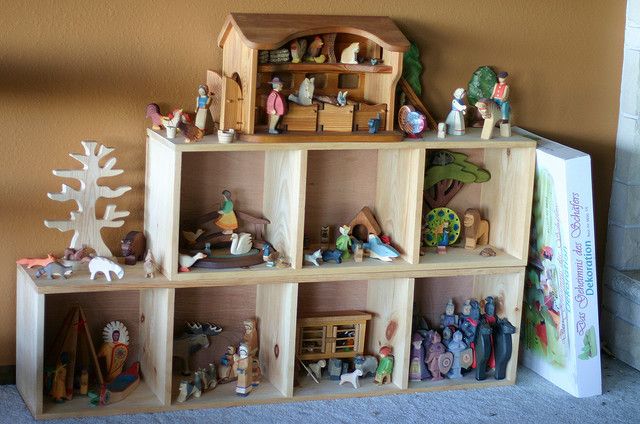
The toys were also arranged in kinds of categories. There were places for soft toys, wood toys and blocks of all shapes and sizes. A place for dress up clothes and a basket of books. During play time, the toys would “wake up” and come out to play. Those toys were everywhere, and while it could appear chaotic to an outsider, the children were deep at work, doing what they were designed to do: “serious play”.
Then, it was time for the toys to go back to sleep. At clean up, we all worked together to put the toys away. Everyone had a job to do. If a child did not know where a toy would go, they would ask me “where does this live, Miss Christine?”
Not “where do I put this?” but “where does this live“?
In our little world, those toys were special. We played with them, we learned to share them, and each one had a story behind them. We even sang a song while we put them away. When they were broken, we repaired them.
We didn’t use words like ‘categories’, but you can rest assured everything had a home. And at the end of clean up, Grandfather Gnome would come out and talk to us about the toys and smile at us, seeing all the toys tucked away with care. All was well in our world.
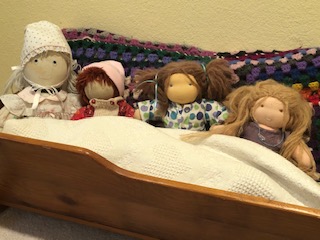
I wonder what it would be like in our adult world, if, in addition to thinking in categories with our logical left-brain way of thinking, we crossed over to our right brains and added a little heart to the way we treat our things. Perhaps we would handle them with more care, putting them away in their proper home. A place for everything and everything in its place.
Perhaps then, other simple words from Robert Fulgham will come to life from long ago…an essay titled “All I Really Learned to Know, I Learned in Kindergarten”.
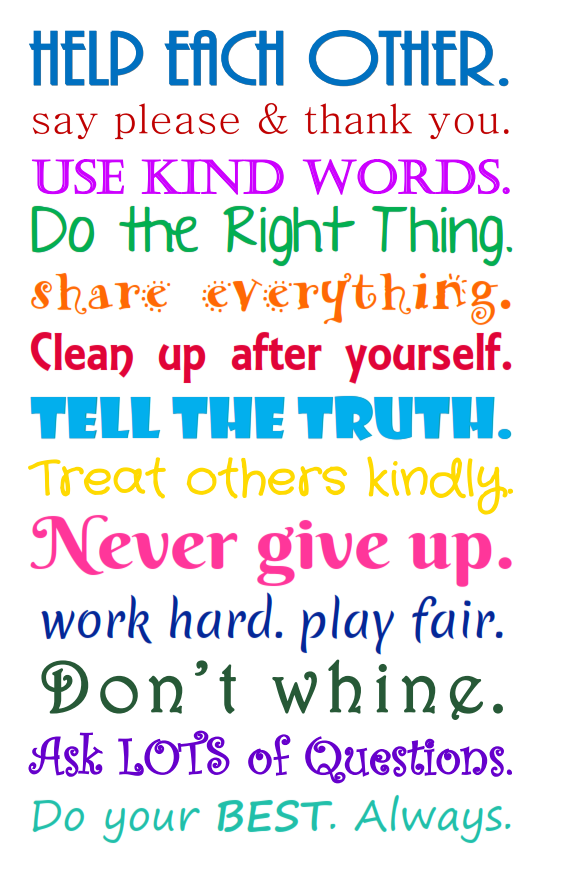
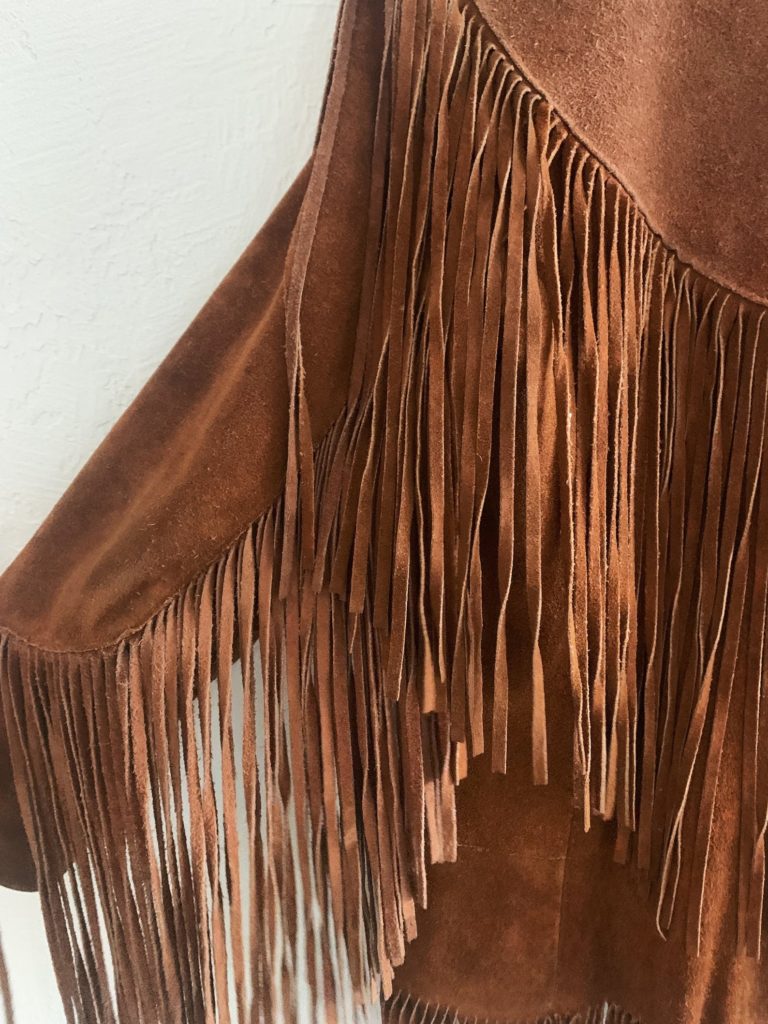


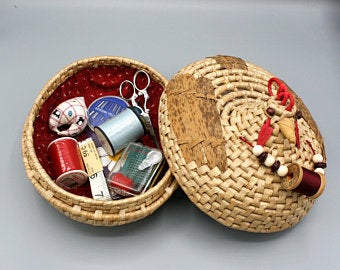


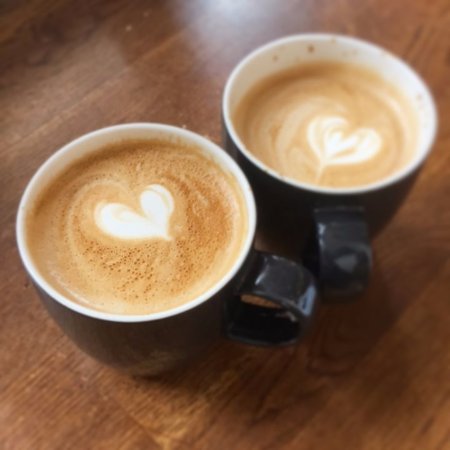

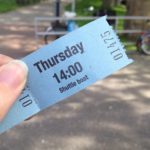 Over the years in my work with helping parents simplify spaces in the home, one common question often comes up during the time just after Thanksgiving. “What about gifts?” they ask. “What do I do with all the gifts that are given to us by family and friends? How do I graciously tell my family that, while I appreciate their thoughtfulness in wanting to buy us something, we are trying to simplify our lives?” And the deeper question arises of “how do we teach these values of wanting to consume less to our children?”
Over the years in my work with helping parents simplify spaces in the home, one common question often comes up during the time just after Thanksgiving. “What about gifts?” they ask. “What do I do with all the gifts that are given to us by family and friends? How do I graciously tell my family that, while I appreciate their thoughtfulness in wanting to buy us something, we are trying to simplify our lives?” And the deeper question arises of “how do we teach these values of wanting to consume less to our children?”